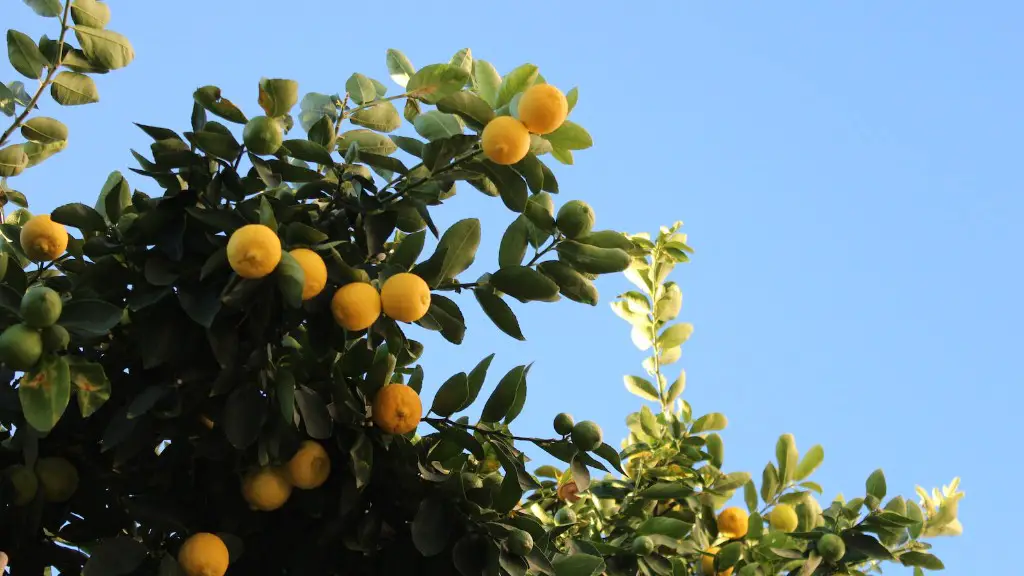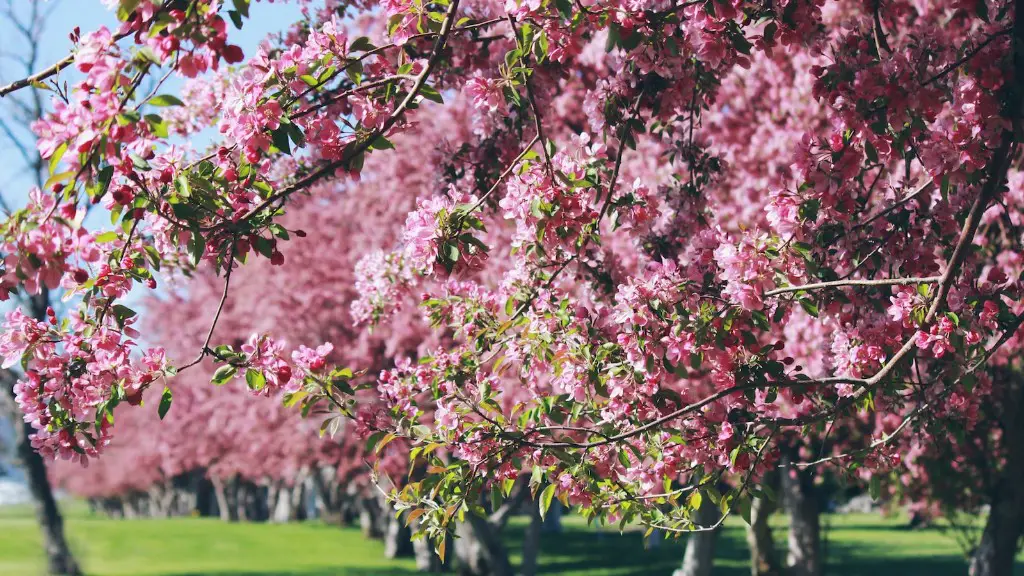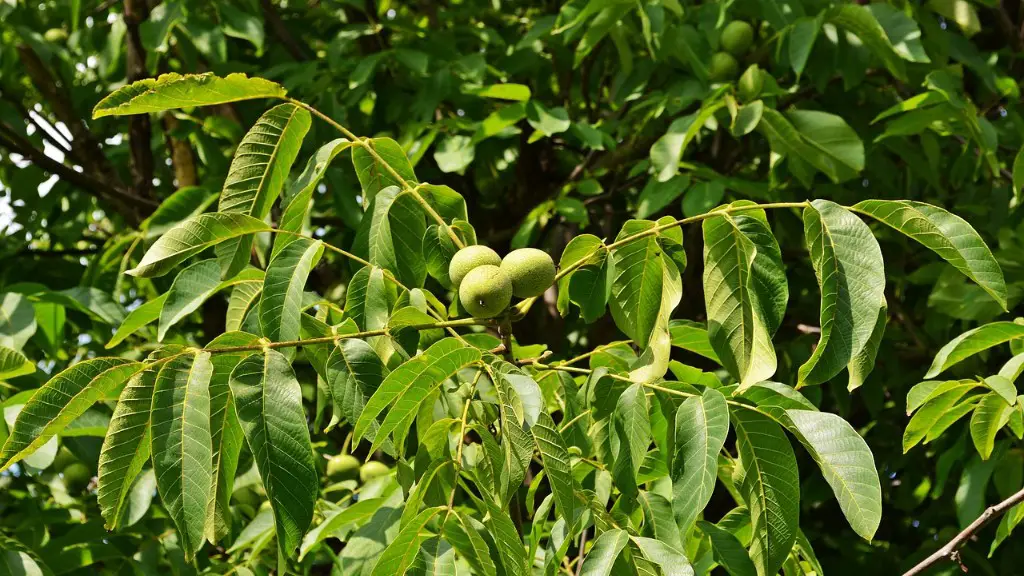Growing a potted lemon tree can be a rewarding experience! When done correctly, pruning can deliver a number of important benefits to the tree and its fruit. To ensure the health of your lemon tree, it is important to understand how, when, and where to prune. This guide will provide insight on how to best care for your potted lemon tree.
Pruning should be done regularly in order to promote new growth, free up resources for other branches, and to maintain a tidy shape. If a potted lemon tree is not pruned regularly, it can become very leggy, saggy, unproductive, and may even die. The best time to prune is just before the new growth takes shape, usually in early spring. During this time, there is ample energy stored in the root system, which has been gathered from the previous season, so pruning will not strain the tree.
When pruning, a few basic rules should be followed. Start by removing dead, diseased, or damaged branches. This will help to promote healthier growth as well as improve the aesthetic value of the tree. Be sure to make clean cuts just above a bud. This will help speed up the healing process. Branches can also be trimmed to shape the tree and promote fruitful growth. Avoid pruning too much, as this can severely shock the tree and affect its growth.
When pruning a potted lemon tree, it is recommended to use sharp gardening tools as blunt tools can damage the plant. Also, it is important to wear gloves, as the tree’s thorns can cause scratches to the hands. Once done, it is important to water the tree well and spread an organic mulch around it to retain the moisture.
Finally, pruning of a potted lemon tree should not be done excessively or too lightly. Moderation is key, as it will ensure the health of the tree and yield a bountiful harvest of nutritious lemons. With correct pruning techniques and proper care, your potted lemon tree will bring many years of joy and satisfaction.
Pruning procedure
It is important to use the correct pruning techniques when caring for a potted lemon tree. Pruning should always begin with dead, damaged, and diseased branches, as these can cause more harm than good. Once these are removed, shaping and trimming can be done to get the desired shape. Be sure to make clean cuts just above the buds, this will help to speed up the healing process. Pruning should always be done with sharp gardening tools, and wearing protective gloves is also recommended for protection against the tree’s thorns.
When pruning is complete, it is important to inspect the entire tree to ensure there are no snags or severed branches. Once this is done, the tree should be watered to reduce any possible shock and a thin layer of mulch should be applied around the tree to help retain the moisture. Lastly, when pruning a potted lemon tree, moderation should be kept in mind, as pruning too light or too hard can have a negative impact on the tree’s health.
Disease prevention
Pruning a potted lemon tree can be beneficial in protecting it against diseases and pests. Overgrown plants tend to attract more predators, while pruning can help to keep their numbers under control. Diseases can be spread more easily from old, disease-ridden branches, so keeping them trimmed can help to reduce this risk. Furthermore, regular pruning can help to keep the branches strong and healthy, which is important for proper growth of the tree.
When trimming, clean cuts should always be made. This will help to prevent the spread of disease from one part of the tree to another. It is also important to water the tree thoroughly after pruning, as this can help to prevent shock and reduce the spread of infection or infestation. Lastly, it is recommended to use a natural pest repellant such as neem oil or garlic to help ward off any pests that may be attracted to the branches.
Benefits of pruning
Pruning a potted lemon tree has a number of benefits. First and foremost, pruning will promote new growth, which will provide plenty of delicious lemons. Pruning can also help to make the tree more attractive and easier to manage, while freeing up resources for more productive growth. Pruning will also help to shape the tree, which is important for overall health, and can help with the prevention of diseases and pests.
Moreover, pruning can help to keep the tree vigorous, and can help to reduce stress. By pruning the correct branches, the tree can have access to more resources, improving its health and vitality. Additionally, pruning can help to boost air circulation, which can further help with the prevention of disease and ensure optimal growth of the tree.
Equipment selection
Selecting the right equipment for pruning is paramount for the health and success of a potted lemon tree. Well-maintained pruning tools are essential for accurate and clean cuts, as these can reduce the risk of infection or damage to the tree. Sharp tools will also do the job quicker, and with more precision. When selecting pruning tools, look for those made with strong, durable materials such as stainless steel or carbon steel.
Besides pruning tools, it is important to also have the right protection. Selecting a pair of gloves with puncture-resistant material is important in order to protect yourself from the tree’s spikes. Furthermore, it is advised to check with your local nursery for any specific recommendations on pruning materials. This can be helpful in selecting the best equipment for your potted lemon tree.
Pruning techniques
The correct pruning techniques must be followed in order to ensure the health and success of your potted lemon tree. Start by examining the tree for dead, damaged, or diseased branches, and remove them first. Then, use sharp pruning tools to trim any leggy or overgrown branches. Cuts should always be made just above a bud, and these cuts should be clean and precise. Furthermore, avoid pruning excessively, as this can strain the tree and reduce its productivity.
In addition, it is important to create an even pruning pattern, as this will help to maintain symmetry. Also, pruning can be done to shape the tree in order to promote fruit production. Be sure to inspect the tree after pruning to check for any snags or severed branches. Once done, it is important to water the tree well and spread an organic mulch around it to retain the moisture.


